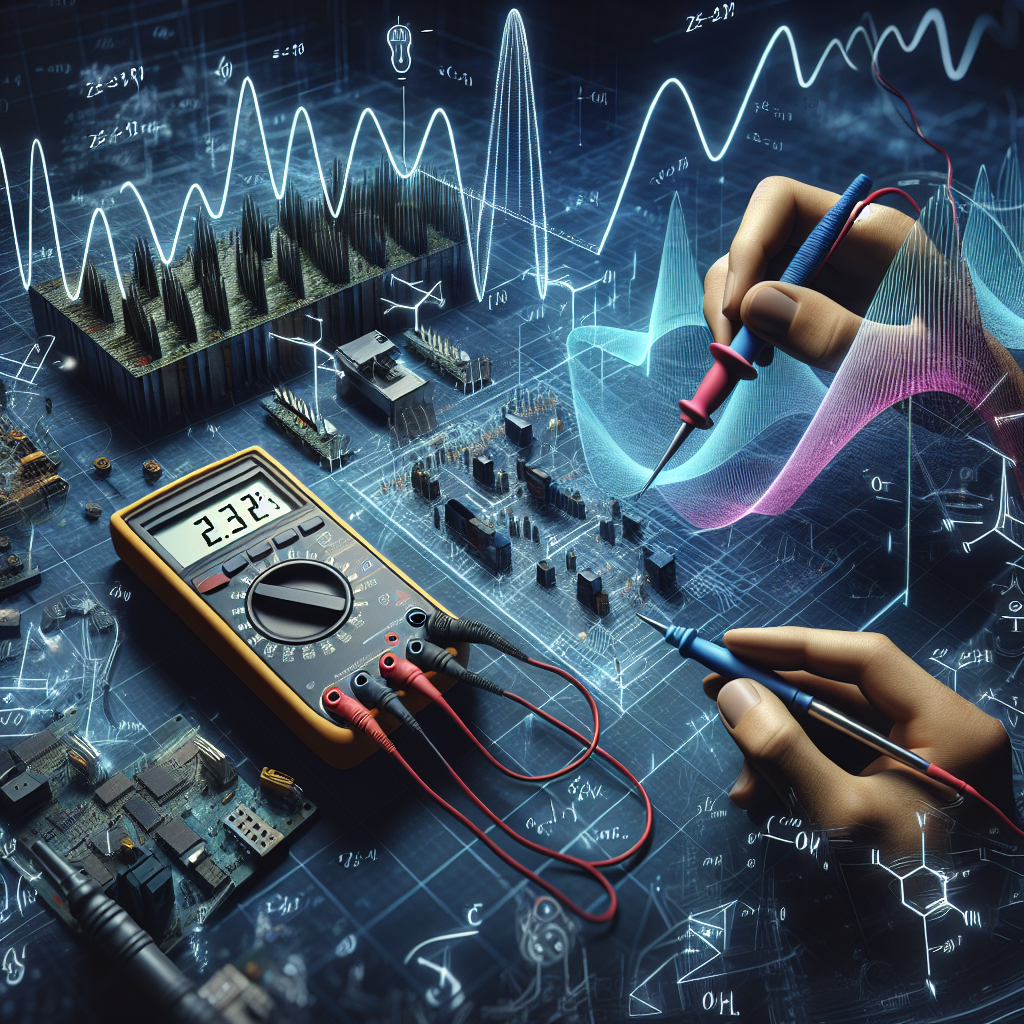You probably wouldn't want to trust a weather report that guessed if it would rain "a little" or "a lot," right? That's why precision in electrical measurements is crucial. Electrical measurements play a key role globally, particularly for engineers, scientists, and hobbyists who tinker with electronics. It affects how electric circuits function, from the light bulb in your room to the most sophisticated space technology. But what exactly is the "class of accuracy" and why should anyone care? Let's break that down.
In the world of electrical measurements, the class of accuracy is a term that describes the closeness of a measured value to a standard or true value. It's essentially the reputation of the measuring instrument's fidelity. For instance, if you're measuring voltage, current, or resistance, you want the readings from your instruments to be as spot-on as possible. This is particularly important when we think about how many of us rely on devices powered by electricity daily. From environmental monitoring equipment to healthcare devices, accuracy can literally make a difference between efficiency and failure.
A class of accuracy is established through standards set by institutions like the International Electrotechnical Commission (IEC) or the American National Standards Institute (ANSI). These groups create ruler-like standards so measurement tools can be manufactured and sold across the globe with uniformity. For example, a class 0.5 instrument should give you readings that are accurate to within 0.5% of the reading, which is critical for high-sensitivity operations like laboratory experiments or precise engineering tasks.
As with most things, there's a range of accuracy classes. Each is suited to different tasks, based on the reality that not all measurements need to be precisely accurate. For example, if you're just assessing whether a light bulb in your house works or not, you don't need a class of 0.1 accuracy. On the other hand, if you're developing a new kind of pacemaker, you'll desire pinpoint precision because lives are literally on the line. Understanding what's needed for each situation helps save money and ensures safety and effectiveness.
There's also a discussion going on about costs versus benefits associated with this precision. Higher accuracy instruments cost more due to the technology and effort required to ensure their precision. Some argue that not every application justifies such expense especially when rough estimates would suffice. However, the counterpoint is that investing in high-quality equipment can prevent costly mistakes, equipment failures, and even accidents. The debate is complex but essential, especially in fields where cutting-edge technology and precision go hand in hand, like renewable energy or biomedical fields.
Some people believe that as long as the measurement falls within a certain acceptable range, then it's "good enough." And while this might be true for some basic home appliances, it can be an entirely different story for industrial applications. There's a growing need for individuals to understand these nuances better since consumer awareness often drives technological advancements. Encouraging this awareness is crucial, especially in a time when technology is advancing at a breakneck speed, and accuracy can lead to energy conservation, reduced waste, and healthier living standards.
There's another perspective too. With the world rapidly moving toward digitalization and automation, accuracy classes are getting more attention than ever before. Devices that once required physical readings are transitioning into smart devices that can measure multiple dimensions while offering users more information than previously possible. This paradigm shift means the old standards are being reviewed and sometimes uprooted, challenging both producers and consumers to adapt.
With new technology, comes new responsibilities. Keeping up with these changes means more than just switching instruments; it's about adopting an updated mindset. Such adaptation aligns closely with Gen Z's values, who often prioritize sustainability and innovation. At the same time, understanding these developments is not only a technical necessity but also a way to remain relevant in the job market.
So next time you see your phone charger or flick on a light switch, remember — behind the casual action lies a world of precision and accuracy that affects our daily lives more than we often realize. Whether you're here because you're into engineering, eco-consciousness, or out of sheer curiosity, appreciating the importance of accurate electrical measurements can lead to smarter, more responsible choices. These discussions are ultimately about balance, about where we place our efforts and resources. It's about who we are as individuals and societies, and where we're going.

